Four days after the hasty and illegal execution of Mohsen Shekhari, another protester, 23-year-old Majidreza Rahnavard, was executed in public on December 12. Civic rights activists say a third man, Mahan Sadrat, also aged 23, faces imminent execution.
At least 25 other protesters have been handed capital punishment after the eruption of the nationwide protest movement in the middle of September, including a 19-year-old teenager. Others are facing charges that carry a death penalty.
For many, these developments are a reminder of the dark years that followed the 1979 Islamic Revolution, in particular the summer of 1988 when thousands of prisoners were slaughtered in prisons. Their families only received small bags with their clothes, without even knowing how and when their loved ones were executed and buried.
IranWire asked Laden Bazargan, the sister of a political prisoners killed in 1988, human rights activist Hassan Nayeb-Hashem and Mohammed Oliaeifard, a human rights lawyer living in Toronto if a repeat of similar mass killings is envisageable, and what should be done to prevent the execution of political prisoners.
“A thousand people are behind every killed person”
According to human rights organizations, more than 3,000 political prisoners held across Iran were executed in summer 1988 following a fatwa, or religious decree, issued by Ruhollah Khomeini, the leader of the Islamic Republic at the time. The killings were carried out by "death squad", which Ebrahim Raisi, the current president of the Islamic Republic, was a member of.
Earlier this year, a Swedish court sentenced the assistant prosecutor of Gohardasht Karaj prison, Hamid Nouri, known as Hamid Abbasi, to life in prison for his involvement in the killings.
Hassan Nayeb-Hashem, a doctor and human rights defender, says that considering the intensity of the protests and the quick spread of news, it would be “almost impossible” for the Islamic Republic to repeat the 1988 massacre.
"As the protestors say in their slogans, a thousand people are behind every killed person, and this is the reality. Right now, since Mohsen Shekari was executed, there have been many protests, and every death has become very costly for the Islamic Republic. And it is difficult for them to easily continue this process in the face of public protests inside and outside of Iran", Nayeb-Hashem said.
"This does not mean that the Islamic Republic cannot massacre more people, but what I mean is that it is impossible to repeat [the massacre] in that scale. Today, even the regime's allies in the world will not allow them to do this."
Human rights lawyer Mohammad Oliyaeifard agreed with Nayeb-Hashem, saying that the Iranian government “is willing to suppress the protests, but its limitations have increased compared to the past.”
“Considering the media environment and social networks, the communication established through mobile phones and the fact that families have been breaking the news in order to save the lives of their loved ones, this is practically impossible, because the international community has its eyes and ears on Iran."
Laden Bazargan, who was a teenager when her brother Bijan was executed, pointed out that the 1988 massacre “took place in the silence of the media and the isolation of the families”.
“Except for people very close to us, no one knew that our loved ones were killed. Even our neighbors didn't know because the regime told us that we didn’t have the right to hold ceremonies [for those killed] and we could not announce [the deaths] publicly. We did not even receive the bodies of our loved ones to mourn over their graves. Now, fortunately, thanks to the media, social networks and the circulation of information, the voices of the families are being heard by everyone. The most important is that the families don’t hide and aren’t afraid."
“For every execution they carry out, we will give them a bigger blow"
Emphasizing that the Islamic Republic does not shy away from committing crimes, Bazargan said the clerical regime “is testing us to see how the consciousness of society will react to this crime. Therefore, it is the duty of all of us to show strong reaction to this issue, protest and express sympathy to the family of those killed."
Bazargan said that efforts to stop the executions should continue inside and outside of Iran.
"We should not leave them alone and must be the voice of the prisoners, trying to write about them, contact foreign countries, communicate with the representatives of democratic countries and the United Nations. We must cooperate with human rights organizations and reveal the nature of this demonic regime as much as we can, so that the regime knows that families and prisoners are not alone. We must increase the cost of these executions for the criminals of the Islamic Republic so that they know that for every execution they carry out, we will give them a bigger blow."
Mohammad Oliyaeifard, one of the lawyers involved in Nouri’s trial in Stockholm, called for the establishment of an information network between the prisons and the international community.
"The families must spread the news about the prisoners, the lawyers must publish the news about the prisoners, and the human rights institutions and people abroad should work as a bridge of communication and act as the eyes and ears of the political prisoners and deliver the news to international bodies and governments", Oliyaeifard said.
Nayeb-Hashem said that the families of those who have been sentenced to death and the Iranian people at large “should gather in front of prisons and demand the release of their loved ones…it is necessary to move in this direction in order to save those in danger."
Bazargan said that the world is carefully watching the crimes committed by the Islamic Republic, unlike when her brother was executed along with thousands of others.
"After the massacre of 1988, when we were still wandering around Evin and Gohardasht prisons and trying to get an answer from the authorities, the leaders of the European countries, led by France, sought to normalize relations with the Islamic Republic. And they were competing with each other as to which one could come to Iran sooner and take advantage of its resources and enter into trade with Iran. But today, the European countries, United States and Canada have condemned this state crime."
visit the accountability section
In this section of Iran Wire, you can contact the officials and launch your campaign for various problems




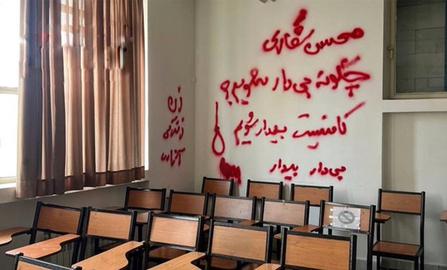




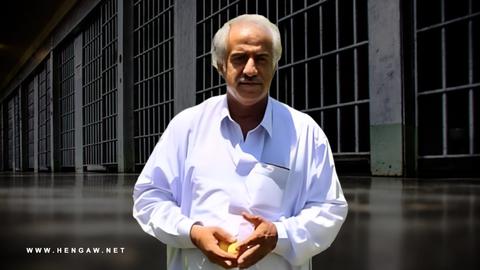

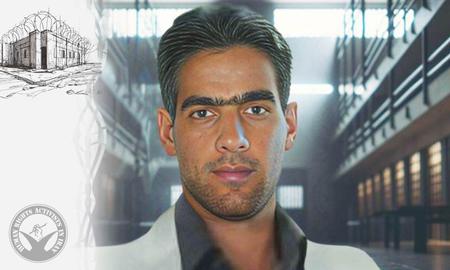


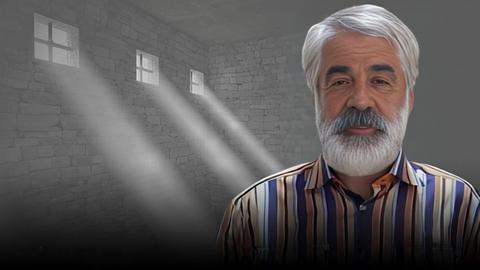

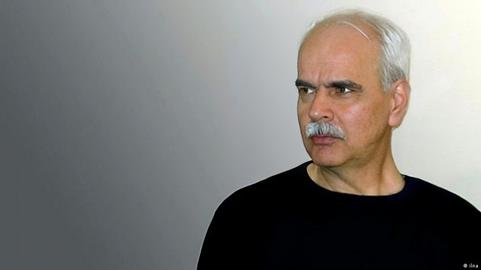

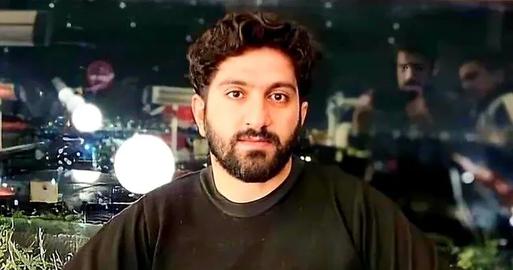




comments
Might shed some light to note the UK producer Frank Oz, his movie Little Shop of Horrors and how it relates to current problems as well as his films related to WWII and Hitler. His company lasted 12 years only.